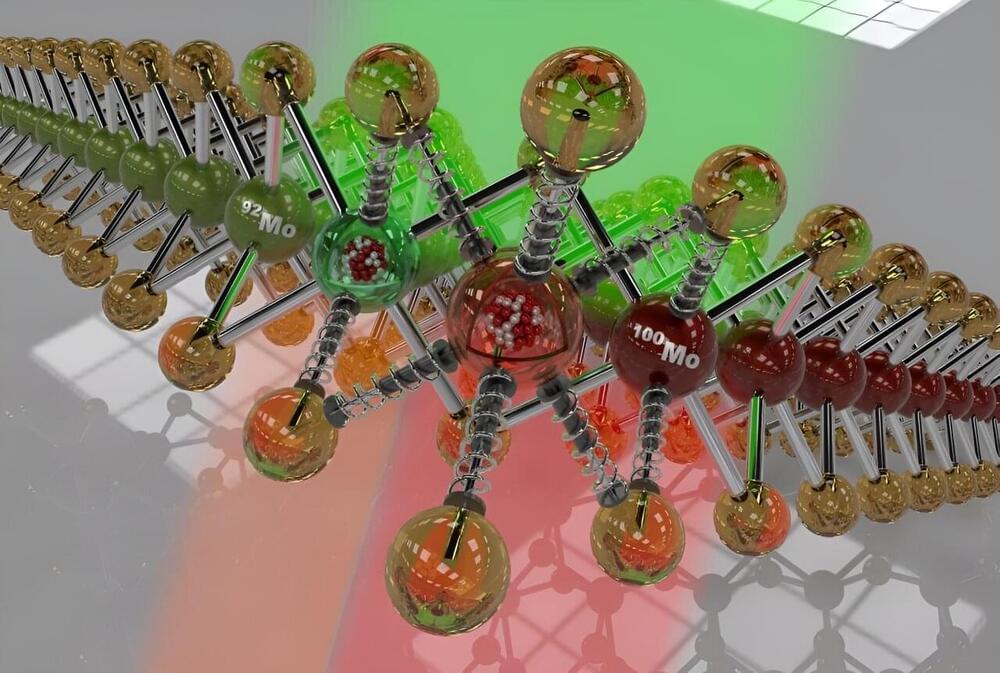The company is already the industry leader when it comes to gate-all-around transistors, but so far it’s yet to really make a dent in TSMC’s market share.



A new study examines whether and how well multimodal AI models understand the 3D structure of scenes and objects.
Researchers from the University of Michigan and Google Research investigated the 3D awareness of multimodal models. The goal was to understand how well the representations learned by these models capture the 3D structure of our world.
According to the team, 3D awareness can be measured by two key capabilities: Can the models reconstruct the visible 3D surface from a single image, i.e., infer depth and surface information? Are the representations consistent across multiple views of the same object or scene?


Achieving Longevity Escape Velocity is likely within the next 10–20 years—why is this happening, and what are the implications?


Partly because of semiconductors, electronic devices and systems become more advanced and sophisticated every day. That’s why for decades researchers have studied ways to improve semiconductor compounds to influence how they carry electrical current. One approach is to use isotopes to change the physical, chemical and technological properties of materials.
Isotopes are members of a family of an element that all have the same number of protons but different numbers of neutrons and thus different masses. Isotope engineering has traditionally focused on enhancing so-called bulk materials that have uniform properties in three dimensions, or 3D.
But new research led by ORNL has advanced the frontier of isotope engineering where current is confined in two dimensions, or 2D, inside flat crystals and where a layer is only a few atoms thick. The 2D materials are promising because their ultrathin nature could allow for precise control over their electronic properties.

A team of physicists at Harvard University has succeeded in trapping individual polyatomic molecules in optical tweezer arrays for the first time. In their paper published in the journal Nature, the group describes how they achieved their feat and the possible uses for it. A Research Briefing also describes their work in the same journal issue.


The interest in antimicrobial solutions for personal and multi-user touch screens, such as tablets and mobile devices, has grown in recent years. Traditional methods like sprayable alcohols or wipes are not ideal for these delicate displays. Antimicrobial coatings applied directly to the glass are a promising alternative, but only if they are transparent and long-lasting.